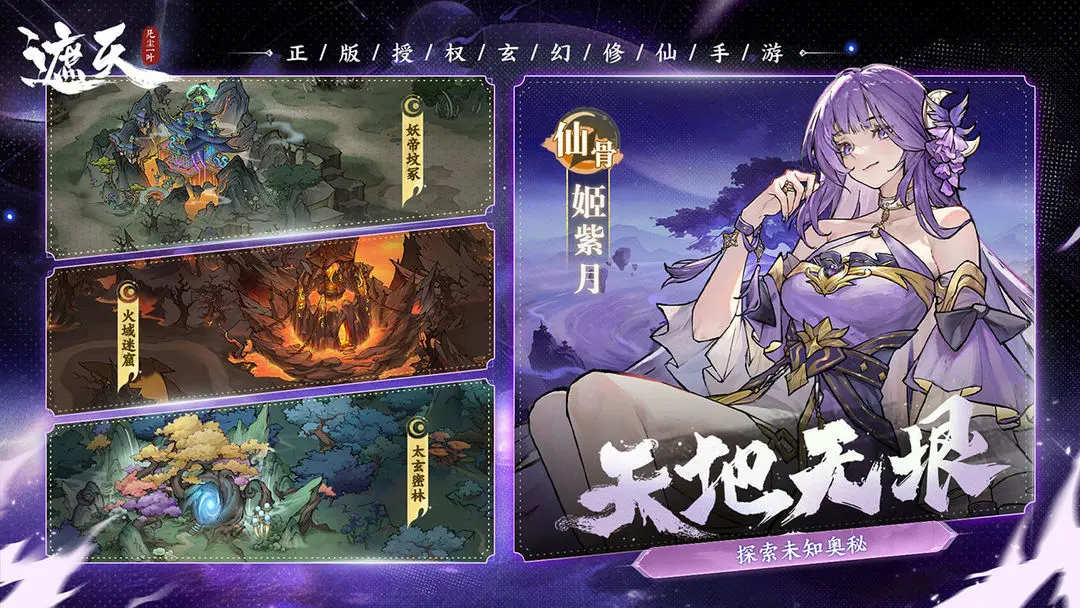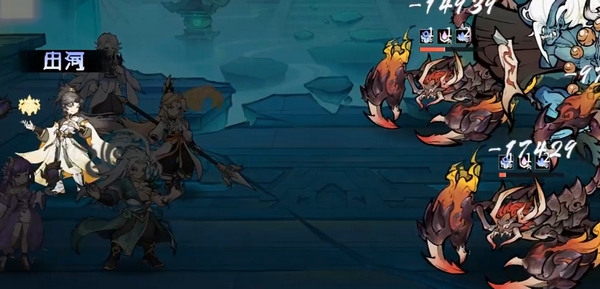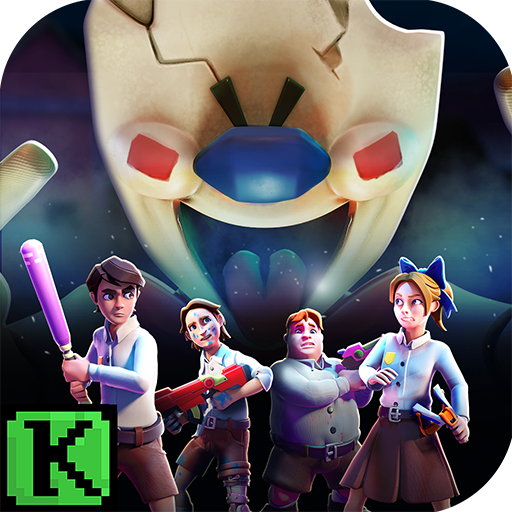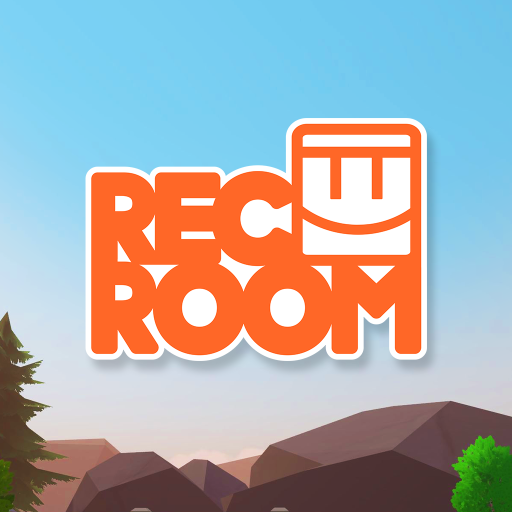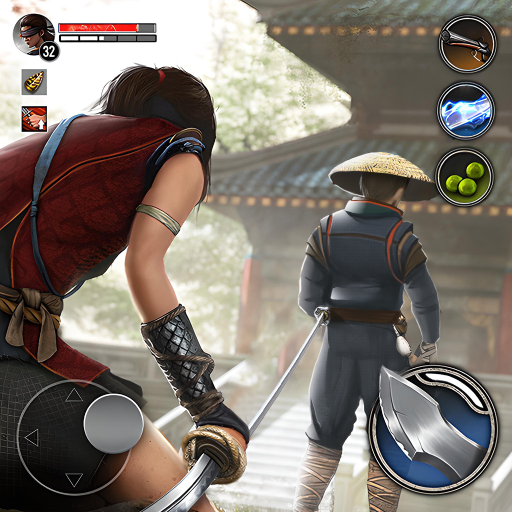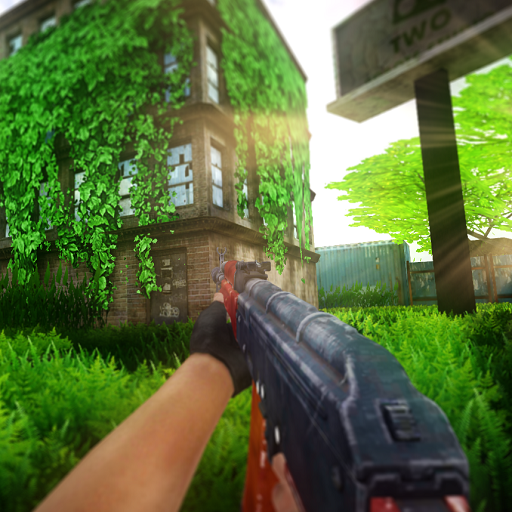In the game Sword and Legend, level is one of the key elements for player growth and progress. Whether it's the basic attributes of the character or the advancement of subsequent main storyline maps, the level plays a very important role. Today, I will bring you an introduction to the levels in Sword and Legend. Mastering how to efficiently increase your level will directly affect your development speed and combat power enhancement in the game. Below, we will provide a detailed explanation of the level cultivation system in the game, helping players better understand the game mechanics and improve their gaming experience.
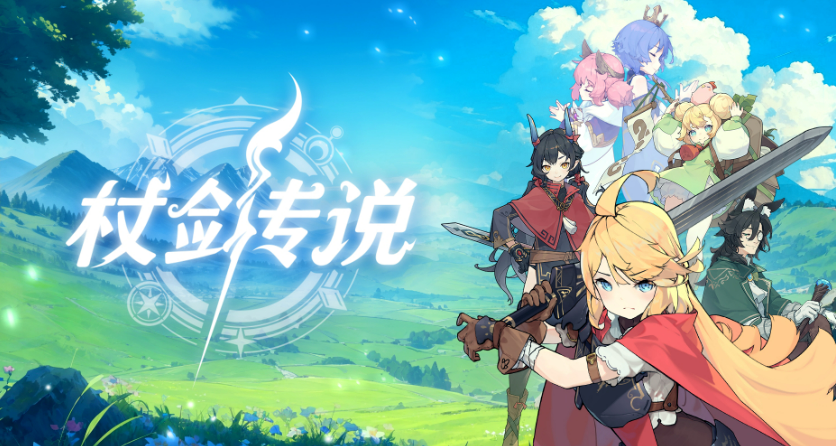
Firstly, the level not only determines the basic attributes of the character but is also closely related to the progression of the main storyline. In the later stages of the game, many areas and quests have level restrictions, and only by meeting the specified level requirements can the main storyline be advanced or new maps unlocked. Therefore, the improvement of the level is an indispensable part of the game process.

In the early stages of the game, players can gain a lot of experience by advancing through the main quests. Unlocking maps as soon as possible and completing tasks not only provides rich experience rewards but also unlocks more battles and activities. It's worth noting that try to thoroughly explore when opening up new maps, ensuring every area is lit up. This way, during subsequent idle play (sleeping), the acquisition of experience can be maximized. The idle play system offers players one free acceleration opportunity per day. Utilizing this acceleration function well can greatly improve idle efficiency and save a lot of time. At the same time, using rare items like "Time Crystals" to accelerate experience gain is also an effective method to level up.
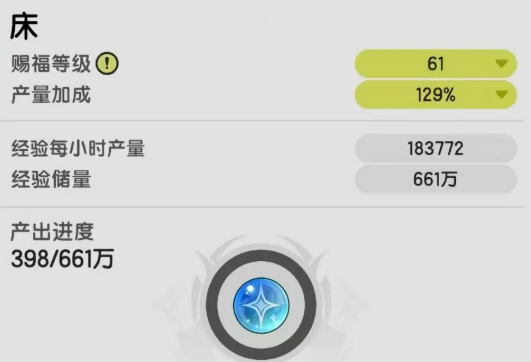
During the process of leveling up, players should also pay attention to skill development. Each character can carry up to four active skills and four passive skills, and the acquisition of these skills depends on the Goddess Wishing System. By making wishes, suitable skills can be obtained for the character, allowing for the combination of various effective combat methods based on different class characteristics. New skill pools are added with each job change, so when choosing skills, it's recommended to plan the skill upgrades for each phase according to future job change directions, ensuring the character's skills remain powerful at different job change stages.

Additionally, job changes are also an important aspect of enhancing a character's strength. The game currently has four job change stages: First Job Change, Second Job Change, Third Job Change, and Fourth Job Change. Each job change stage has corresponding level requirements, and by increasing the job level, players can unlock more basic attributes and obtain stronger skills. During the job change process, it's suggested that players reasonably choose and cultivate skills that suit their class characteristics. It's noteworthy that some core skills of certain classes do not entirely depend on high-level job changes; core skills from the First or Second Job Change stages often play significant roles in high-level battles as well. Therefore, when changing jobs, there's no need to blindly pursue higher levels, but rather to choose based on personal playstyle and battle needs.
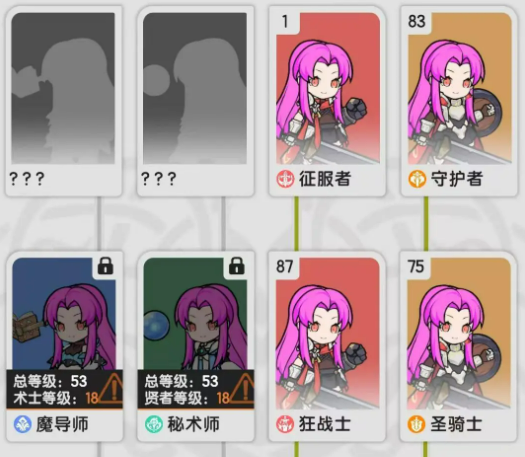
The above is the content of the level introduction in Sword and Legend. In the world of Sword and Legend, leveling up is not something that happens overnight, but rather a continuous process. Through reasonable time management and resource utilization, players can steadily increase their character levels at different stages, unlocking more content and facing more challenging tasks and enemies. We hope that all players, on the path of leveling up, can find a pace that suits them and enjoy more fun and achievements in the game.
